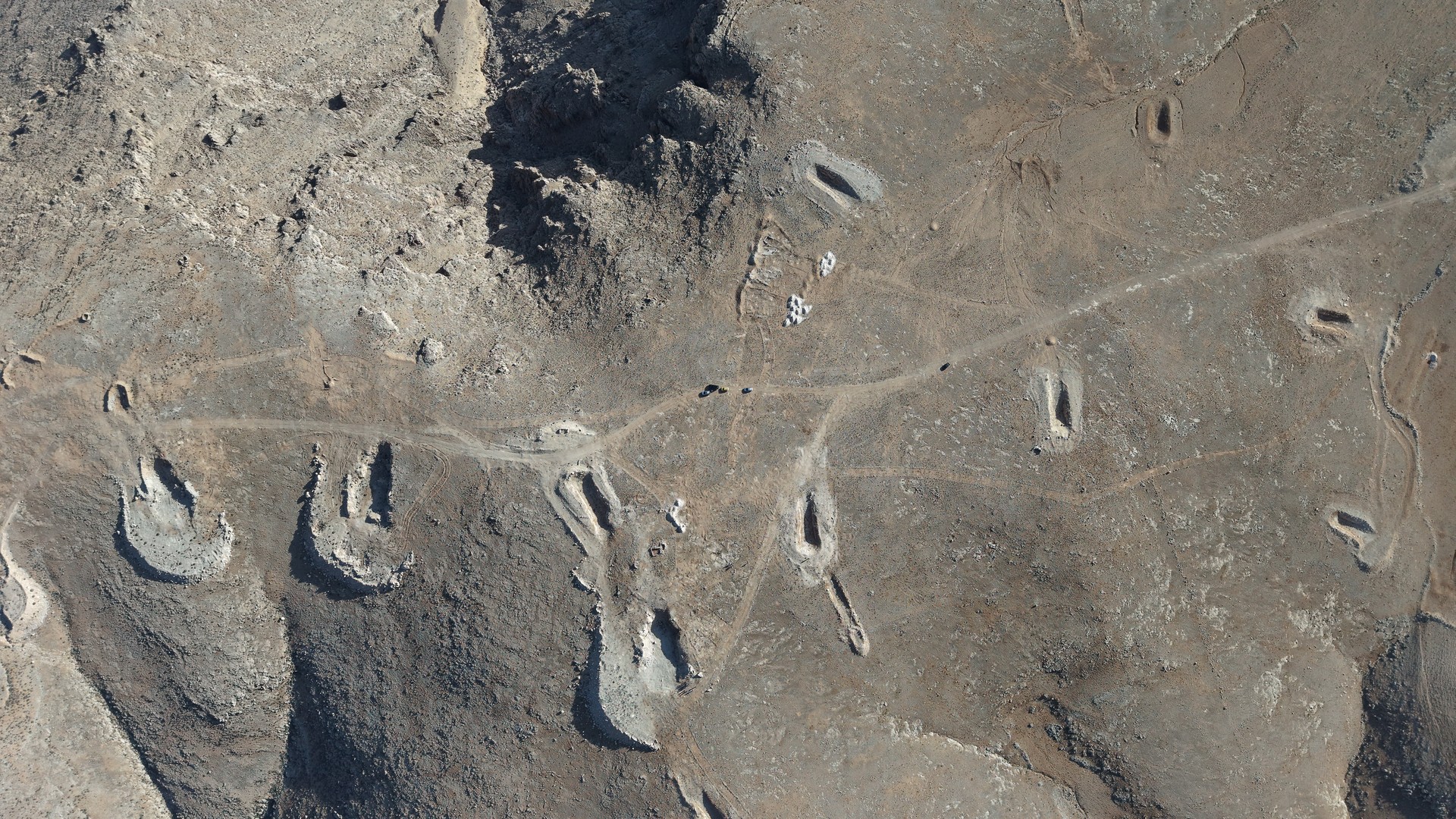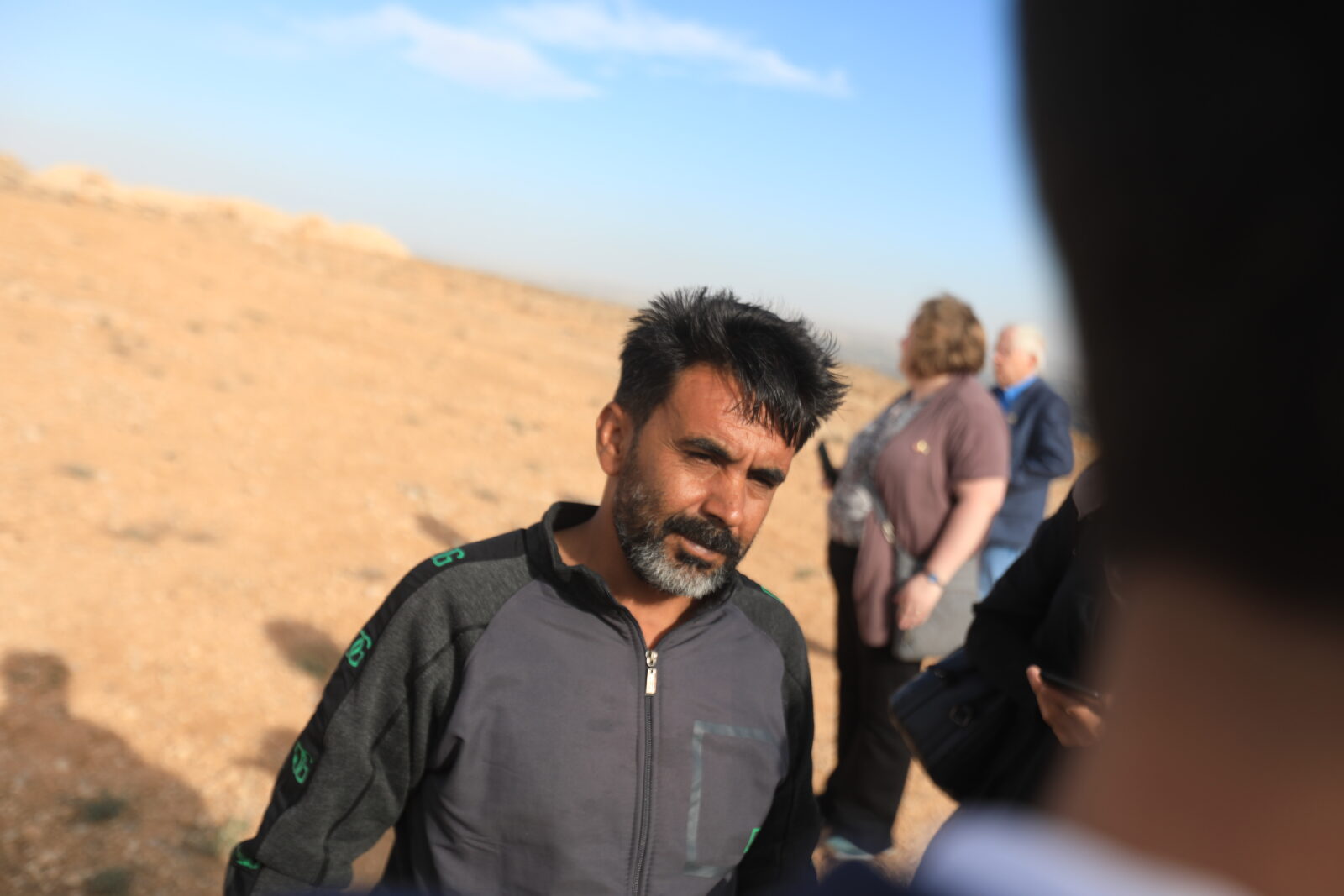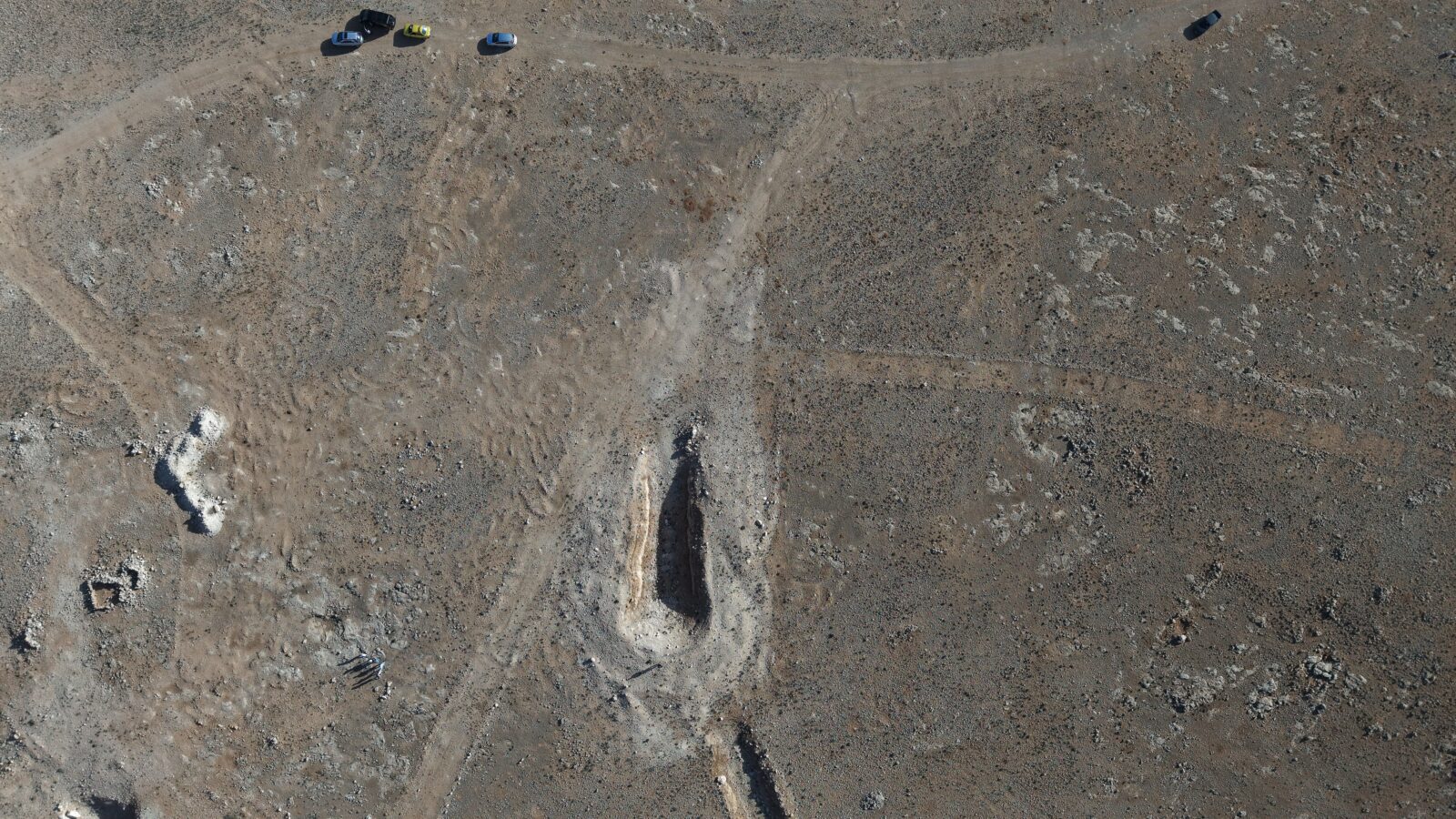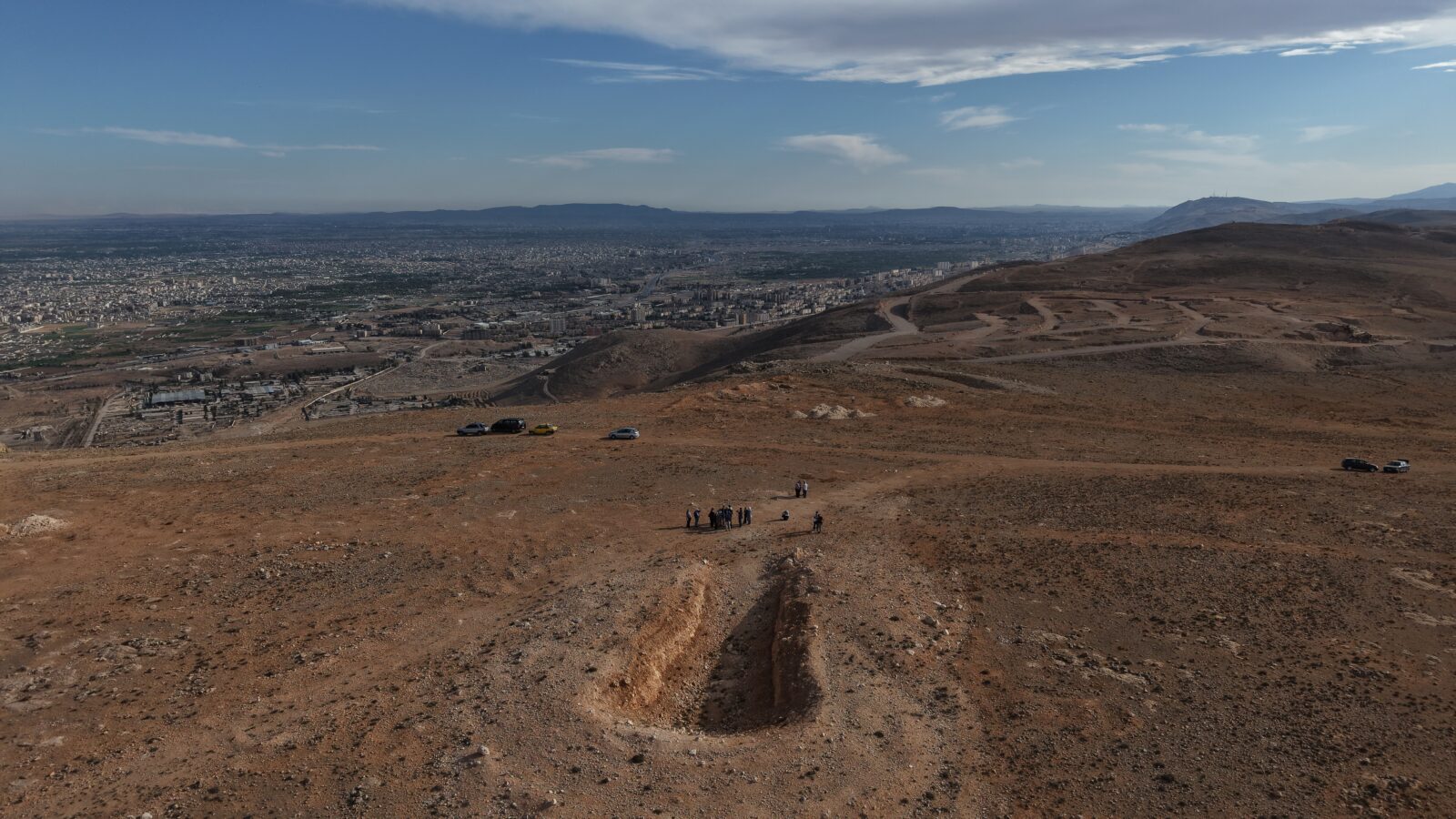
Türkiye's state-owned news agency Anadolu has captured footage of what is believed to be the largest mass grave site linked to the former Bashar al-Assad regime, located in the Al-Tal area just north of Damascus in Syria.
The graveyard reportedly contains thousands of bodies, many of them secretly transported over a 14-year period from hospital morgues, prisons and torture centers.
Hussein Allawi, a truck driver who worked for the regime’s army during that period, revealed chilling details of the operation in an exclusive interview with Anadolu.
According to him, the process involved moving bodies from Sednaya Prison—where many detainees died—first to the morgue at Harasta Military Hospital and then to mass burial sites in Al-Tal and other remote locations.

"All the bodies were unidentified, numbered but without names," Allawi said.
"When the morgues filled up, we would transport the bodies weekly—two trucks each week, sometimes carrying up to 200–250 corpses."
He also described how the trucks would be driven to multiple burial points.
"We would park the trucks next to the pits, and people would climb into the vehicles to throw the bodies into the trenches. Then bulldozers would come and cover them up."
Allawi said these convoys were always under military escort.
"They escorted us with vehicles in front and behind. We always made the deliveries during daylight."
Once the Al-Tal site reached capacity, the regime began burying bodies in Al-Qutayfah, a nearby area.
"When the Al-Tal site filled up, we transported bodies to Al-Qutayfah for the next 10 years. I made my last delivery there in 2019," said Allawi.
He added that a regime officer named Mazin Jableli was in charge of the burial operations.

Allawi said he continued his gruesome work until just 10 to 15 days before the Assad regime fell in Syria.
He noted that many of the corpses he transported to the Nejha region bore clear signs of torture.
"Unloading took four men and about 10 to 15 minutes. Some corpses had been left so long they had started to decompose. If there was no refrigeration, the bodies would melt like soap," he said.
He also noted the demographics of the dead.
"There were at most one or two women. The rest were men--young and old. I never saw any children."
Reflecting on his silence during the regime’s rule, he added: "All of this is over now. There are things I want to talk about, things we couldn’t say before. Back then, if you spoke out, you disappeared. But the regime is gone now. It’s over."
Today, wide open pits still scar the Al-Tal landscape, many of them yet to be excavated.
Syrian authorities are expected to begin official investigations soon, with security forces and civil defense teams working to verify the site’s use as a mass grave.

In the wake of the Assad regime’s collapse, multiple mass graves have been uncovered across the country—many of them in and around Damascus.
Some contained remains that were decomposed or dismembered beyond recognition.
The Al-Tal site is now considered the largest confirmed mass grave associated with the regime, based on direct eyewitness testimony.
In Damascus’s Sbeineh neighborhood, Syrian Civil Defense teams recently uncovered another mass grave beneath a building formerly used by the Baath regime to detain civilians.
Meanwhile, security forces in Aleppo discovered a grave in the village of Nakkarin believed to contain the remains of civilians executed by the regime. Early estimates suggest the site holds around 1,500 bodies.
On Dec. 29, Syria’s official news agency SANA reported the discovery of yet another grave near the Houla region in Homs, also believed to contain victims of the Assad regime.
Additional grave sites have been identified in several other locations, including the Baghdad Bridge area of Damascus, Izra district of Daraa, the Husseiniyeh area in the capital, and near Sayyidah Zaynab.